| Structure | Name/CAS No. | Articles |
|---|---|---|
 |
Ethanol
CAS:64-17-5 |
|
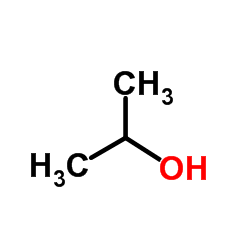 |
Isopropanol
CAS:67-63-0 |
|
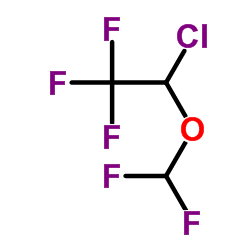 |
Isoflurane
CAS:26675-46-7 |
|
![N-[4-(4-aminophenyl)phenyl]-6-(4-chlorophenyl)pyridazin-3-amine Structure](https://image.chemsrc.com/caspic/112/901773-91-9.png) |
N-[4-(4-aminophenyl)phenyl]-6-(4-chlorophenyl)pyridazin-3-amine
CAS:901773-91-9 |
|
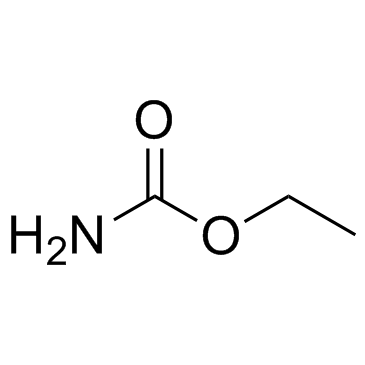 |
Urethane
CAS:51-79-6 |
|
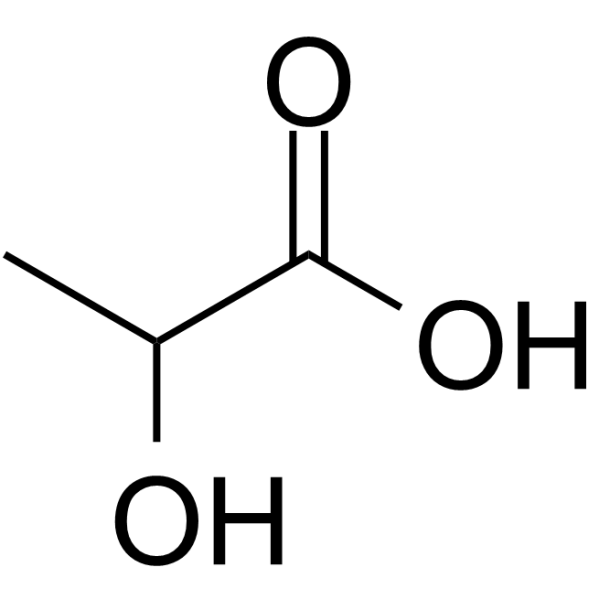 |
Lactic acid
CAS:50-21-5 |
|
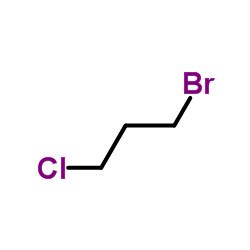 |
1-Bromo-3-chloropropane
CAS:109-70-6 |
|
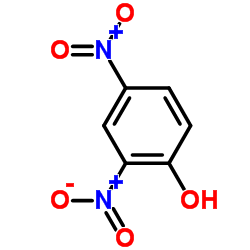 |
2,4-Dinitrophenol
CAS:51-28-5 |